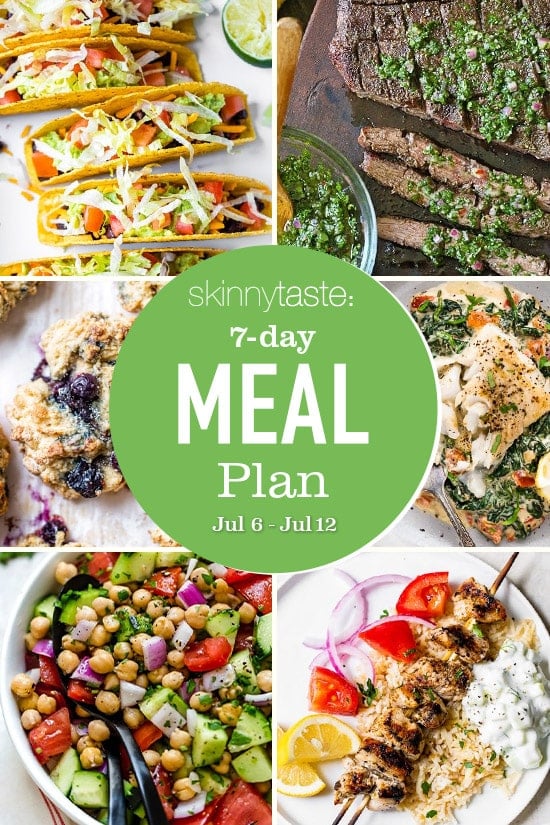Firstly, can you please tell us a little about who you are (and not what you do)?
My name is Sophie Medlin, I live in London. I box and practice yoga and generally love to be active and am constantly full of energy. I love the restaurant scene in London and cooking for my friends and family when I can.
What has become a daily ritual to maintain your mental sanity during quarantine?
Starting the day slowly and with gratitude and a cup of tea in bed! I have also been doing a lot of walking and making sure I am chatting to friends and family everyday.
You’re a qualified dietitian who specializes in gut health, specifically the colorectal area. Where did your fascination begin?
Well! I worked my way up through to colorectal via elderly medicine, head and neck cancer, nutrition support and finally intestinal failure which encompasses colorectal and other bowel surgery.
I was working with some amazing nurses at the time who really inspired me to get more involved with the colorectal community. I also found that supporting people with their food when they are so worried and vulnerable about the consequences of eating and how it will affect them really rewarding. I love working with my patients because I need to be thinking about the nutritional consequences of their condition or the surgery they have had, as well as their experience of eating and their quality of life so it’s very scientific but also very holistic. The main thing I love about this area of work is the difference I can make to people’s day to day lives. We all eat three or more times per day and at the beginning that is often scary and is followed by unpleasant consequences for my patients, once we have worked together for a while, my patients have far less anxiety around food and fewer unpleasant consequences from eating and that makes me really happy.
Poop health is an integral part of your brand (which we love), what are your favourite natural remedies for constipation, and diarrhoea?
Warm prune juice for constipation (not for everyone and not all the time!)
We’d need to know the cause of the diarrhoea but simple diarrhoea is often helped the most through stress management!
At the moment, your services are entirely virtual. From a practitioner’s perspective, how has the transition been? And have the limitations been a challenge?
I didn’t like doing virtual consultations before lockdown. I didn’t feel that I was as effective as I can be face-to-face and I felt that with my patients needing to share intimate and often embarrassing information with me, face-to-face offered a more comfortable environment to open up.
Since we’ve all had to move online, I have actually been very pleasantly surprised by how effective digital consultations can be and now that I am in the rhythm of it and can see patients across the country rather than just in London, I am enjoying it!
Speaking of virtual, you’re pushing some very educational, yet controversial content via IG, lately. One being that ‘nutrition needs to be regulated’ online. Can you tell us a little about this?
I worry so much about vulnerable people being targeted by people trying to sell them things via social media. The IBD population are a great example of this. They have an incurable disease that can be managed but often with drugs that are unpleasant.
People living with IBD are at much higher risk of nutritional deficiencies like anaemia and of diseases associated with malabsorption like osteoporosis. When someone on instagram or facebook with no nutrition qualifications targets a group like this with bad dietary advice that can cause harm or with products that give false hope, I feel very angry.
I also find the ‘food is medicine’ rhetoric problematic for these patients and others in similar situations. The message is “if you didn’t get your diet wrong, you wouldn’t be ill” which is completely false. Due to the endless amount of dangerous misinformation on social media, my colleague Hala and I have started a campaign to try and regulate nutrition messages on social media and give an accreditation symbol to healthcare professionals so that vulnerable people know to to take advice from and who is unqualified.
‘Diet fads’ would drive someone like you, crazy. But as a professional, what is a ‘friendly’ gut-health diet, and does the diet cater to everyone?
Everyone can do things to improve their gut health! The key is to eat as much plant fibre as you can from as many sources as you can. For some people with gut disorders, it may be that the sources you can tolerate are fewer or you have to reduce the insoluble fibre and increase the soluble fibre but everyone can enjoy better gut health and it doesn’t have to be expensive. Gut health has been glamourised and given a price tag over the last few years but it is accessible to everyone.
On that note, personalized nutrition is getting some attention, especially as some doctors are now DNA testing clients before performing treatment. What are your thoughts on this process?
In some conditions and for some treatments, this is completely necessary. With prescribing diets and nutrition based on DNA, our understanding is still developing so while some people might find it interesting, it is very unlikely to lead to any significant changes to dietary treatment. I usually ask people if they think that knowing their genetic risks or tendencies is more likely to help them to make different or better choices and the answer is usually ‘no’.
What is your personal method with IBD patients? And do you work alongside gastroenterologists in treating them?
Everyone is so different and I think it’s really important to remember that, especially with IBD. There is no single method or approach that will work for everyone. It depends on where in the GI tract the disease is active, what treatment has happened, is happening or is planned, what their weight is and what their symptoms are like.
Sometimes I am referred patients by surgeons and gastroenterologists and I liaise with them around the patient’s treatment and sometimes patients come to me directly and I will write to their team regarding their management. Multidisciplinary working is key for IBD patients and I wouldn’t be able to do that effectively had I not spend many years working in the NHS.
Do you believe that there will be a cure for IBD in the near future, considering that CRISPR has developed new ‘gene editing’ tools for disease?
I hope so! People are working hard to understand the causes and therefore to prevent these diseases and the treatments available have become so much better in the last decade which has been life-changing for IBD patients.
Okay, now for some lighter stuff. What are 3 things that everyone should have in their fridge?
Free range eggs
A bag of stir fry vegetables
Parmesan cheese
What is the worst piece of health advice that you’ve ever heard?
There is too much to list, but this week, one of my patients told me that she’d seen an unqualified ‘nutritionist’ in the past who told her that she had to stop shopping at her normal super market and had to start buying organic produce from Waitrose or Wholefoods. This obviously made her feel that she couldn’t afford to be healthy which made me cross.
Tell us a way in which 2020 has inspired you…
2020 has been a game-changer in many ways! I have been really moved by the power of the Black Lives Matter movement and the energy that there is to drive equality. I truly hope we see a difference not just for individual cases but also in policy and in the representation of black people in positions of power both in companies and in the government.
from Blog – moxie https://ift.tt/2VOOBHf
via
babu31

 In her latest edition of The Health Wrap, Dr Lesley Russell investigates the latest pandemic news with a focus on health literacy and public health communications, the alcohol harm paradox, and also raises issues of concern around research, for COVID-19 and more broadly. Lesley Russell writes: It’s been a worrying […]
In her latest edition of The Health Wrap, Dr Lesley Russell investigates the latest pandemic news with a focus on health literacy and public health communications, the alcohol harm paradox, and also raises issues of concern around research, for COVID-19 and more broadly. Lesley Russell writes: It’s been a worrying […]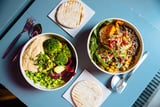

 VicHealth is this week putting the spotlight on addressing a “pandemic” of social and health inequities through its Life and Health ReImagined initiative. Join the webinar discussions from 2pm AEST on Wednesday (8 July), Equity during recovery – Addressing social and health inequities as we emerge from lockdown. Marie McInerney previews […]
VicHealth is this week putting the spotlight on addressing a “pandemic” of social and health inequities through its Life and Health ReImagined initiative. Join the webinar discussions from 2pm AEST on Wednesday (8 July), Equity during recovery – Addressing social and health inequities as we emerge from lockdown. Marie McInerney previews […] I hope everyone is having a great holiday weekend! I know it’s not the typical celebration with big gatherings and ...
I hope everyone is having a great holiday weekend! I know it’s not the typical celebration with big gatherings and ...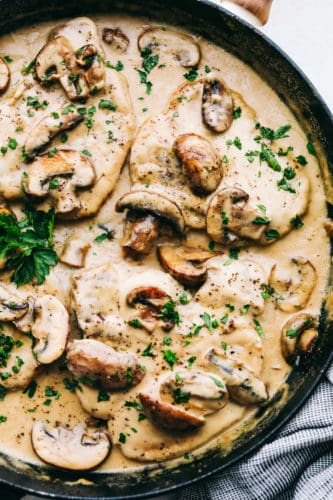
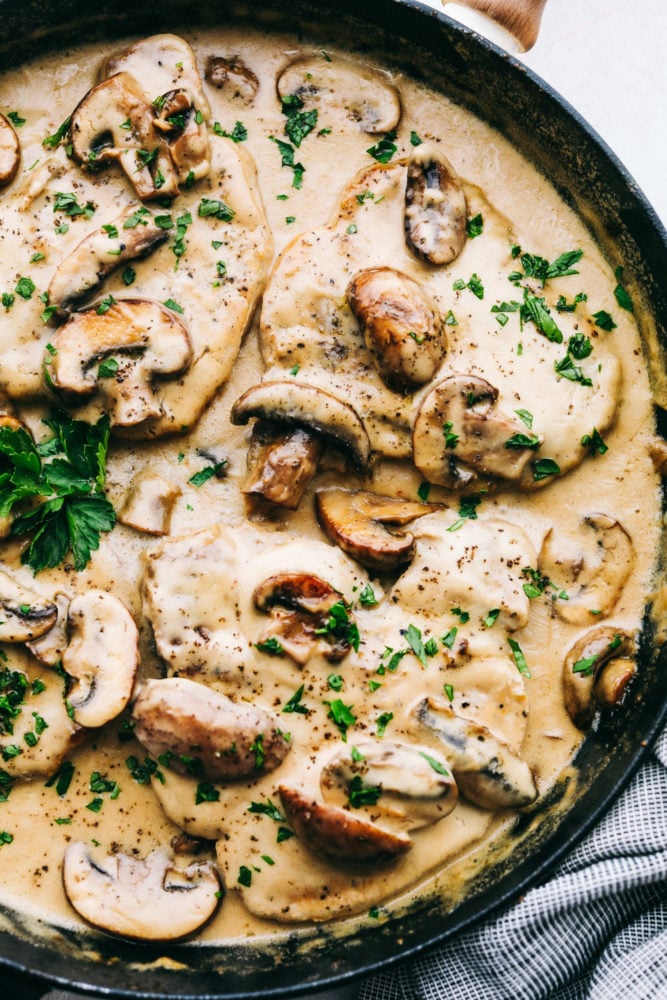
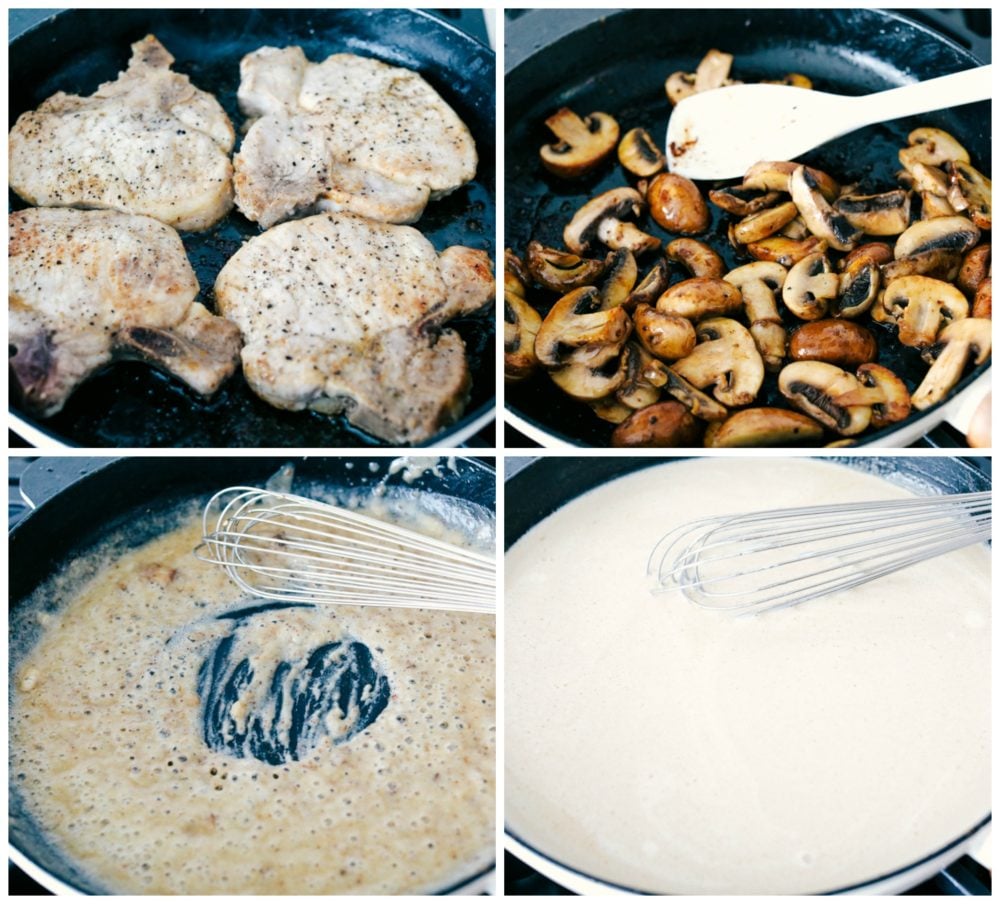
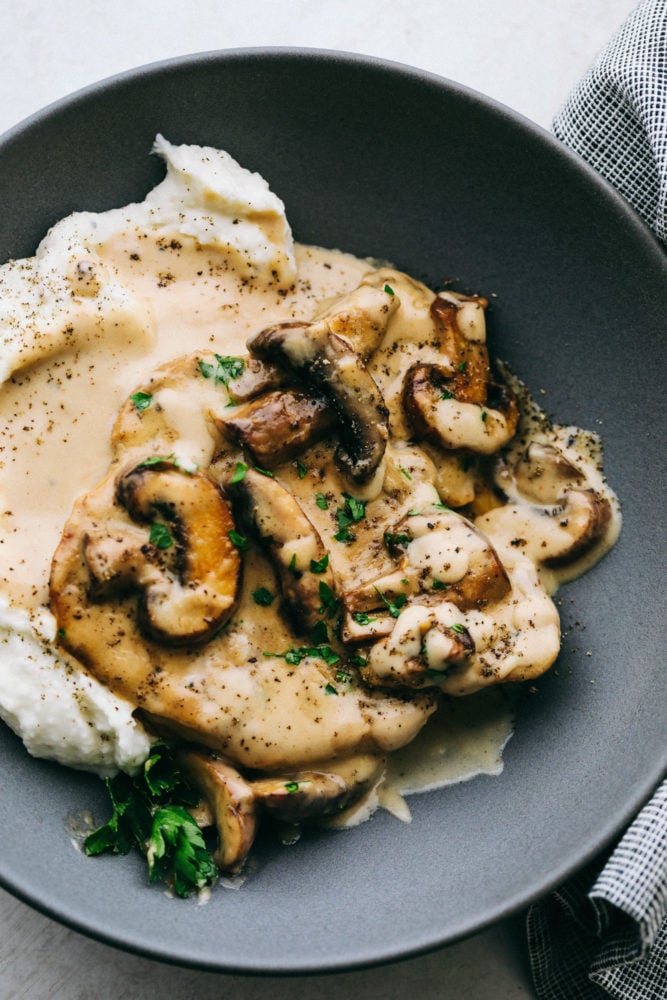

 The Australian Medical Association (AMA) has called for a pause in the easing of COVID-19 restrictions across Australia following further dramatic lockdowns in Melbourne and amid grave concerns for residents of nine public housing towers who went into ‘hard lockdown’ on Saturday, without notice and under police guard. In the […]
The Australian Medical Association (AMA) has called for a pause in the easing of COVID-19 restrictions across Australia following further dramatic lockdowns in Melbourne and amid grave concerns for residents of nine public housing towers who went into ‘hard lockdown’ on Saturday, without notice and under police guard. In the […]